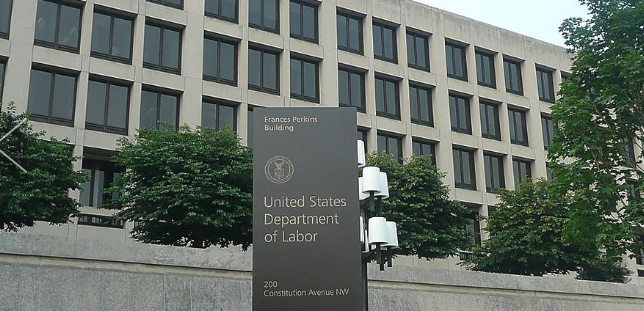As we gear up for the much-anticipated August 2023 target date, we are on the brink of a significant change in the realm of labor regulations. The Department of Labor’s (DOL) overtime rule is set to take effect, impacting millions of American workers and businesses. In this article, we will delve into the key aspects of the rule and its potential implications for both employers and employees.
Understanding the DOL’s Overtime Rule
The DOL’s overtime rule aims to update and modernize the Fair Labor Standards Act (FLSA) regulations surrounding overtime pay eligibility. The primary focus of this revision is to increase the salary threshold for employees eligible for overtime pay, providing an updated compensation structure for the workforce. The current threshold has remained stagnant for several years, resulting in many workers being exempt from overtime pay despite working long hours. With the new rule, more employees will be entitled to overtime pay when they exceed the stipulated working hours.
Impact on Employers
For employers, the August 2023 implementation date means they must prepare for potential changes in their workforce management and financial planning. Companies will need to carefully assess their current positions to determine which employees might be affected by the updated salary threshold. Furthermore, businesses should consider whether to adjust employee salaries to meet the new requirements or revise working hours and job responsibilities to comply with the updated rules. Staying informed about these changes and seeking guidance will be crucial to ensure a smooth transition and compliance with the law.
Implications for Employees
On the other hand, the overtime rule brings promising news for many employees. Those who were previously exempt due to salary limitations may now qualify for overtime pay. This update can positively impact the work-life balance and financial well-being of millions of workers across various industries. However, it’s important for employees to be aware of these changes, understand their rights, and be prepared for potential adjustments in their work schedules or job duties.
The Path Forward
As we approach the August 2023 target date, both employers and employees need to educate themselves about the implications of the DOL’s overtime rule. For employers, conducting thorough workforce evaluations and adapting to the revised regulations will be essential. For employees, being proactive in understanding how the rule affects them and seeking clarification from their HR departments can help avoid any confusion or miscommunication. Additionally, HR consultants and legal advisors can play a pivotal role in guiding businesses through this transition and ensuring that all stakeholders are well-informed and prepared for the changes ahead.
In conclusion, the August 2023 target date for the Department of Labor’s overtime rule represents a milestone in labor regulations, with the potential to impact millions of American workers and businesses. After a new overtime rule is proposed, the public will have at least 30 days to comment on it before the DOL can issue a final rule. Then the final rule would take effect no sooner than 60 days after it is published in the Federal Register, assuming it is classified as a major rule.
It is essential for both employers and employees to embrace these changes, stay informed, and collaborate to create a more equitable and balanced work environment for all. Let’s move forward together with knowledge and preparation for a successful transition into this new era of labor regulations.

